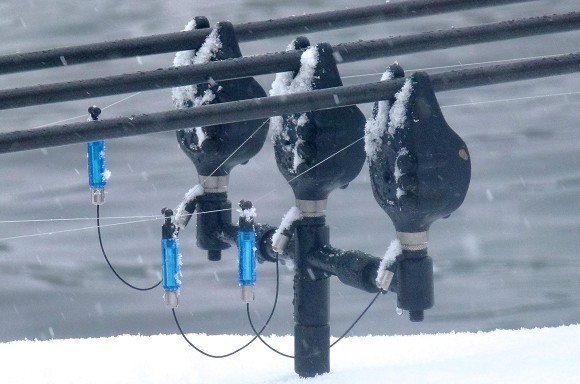
Should tight or slack lines be used in winter?
Underwater expert Rob Hughes investigates whether tight or slack lines are better in the colder months
Usually I am a real believer in tight lines and despite what I am about to say I do feel that you get better indication with a tight line than a slack one. The big problem with fishing tight lines in the winter is that you don’t get as many liners as the light movements of the fish at this time of year are not strong enough to register on the alarms as the carp are not moving around much.
My plan is to fish for liners as well as for bites and it’s a great way of locating where the carp are. Once I’ve cast out, I’ll slacken the bobbin off to semi slack and raise the sensitivity on my bite alarm as high as the weather will allow (i.e. how windy it is). I’m then watching for twitches or knocks, however slight, and once I get one that I feel is definitely a positive liner, I’ll leave that rod in place, but bring the other two into play very close to where the liner is, normally just in front to both the right and left sides. This way you can narrow down there they are and you will usually get more liners or a bite on the moved rods.
These will stay in place for 15 minutes before being slightly repositioned in the same area, normally a bit closer to the bank if there has been no liner action. This sounds like a load of hassle but believe me it works. I’ve had many multiple captures and what I find is that once I have located a group of fish, which on the particular lake I am fishing at the moment tends to be a couple of groups of fairly tightly packed fish, I often catch three carp in quick succession before it goes quiet and I have to repeat the process and find em again.



